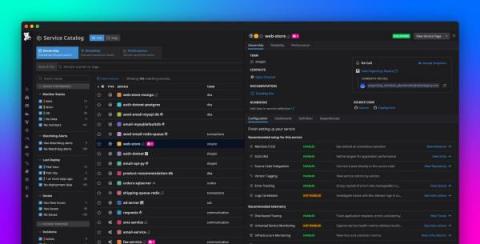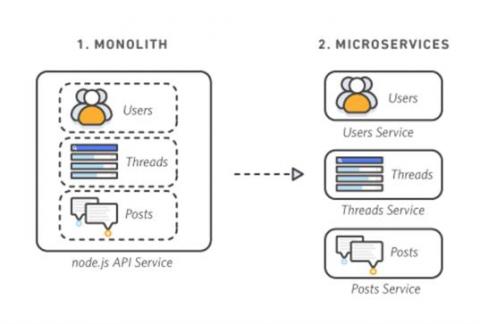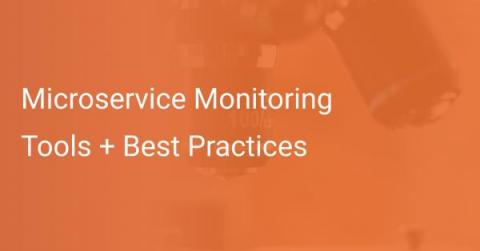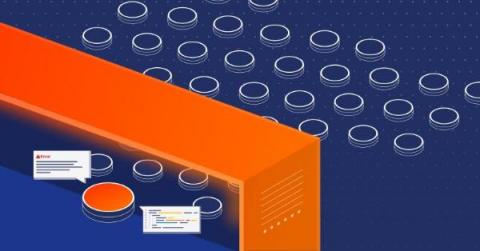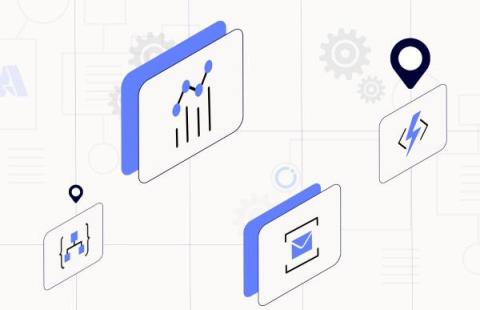Improve, enforce, and ensure microservice quality
Is microservice quality a focus for your team this year? Perhaps you’re looking to improve your service performance. Maybe you feel like your organization needs better ways to enforce best practices or ensure that service quality doesn’t degrade over time. Let’s take a look at these three areas and share some concrete recommendations for strengthening your services and creating a long-term culture of quality.




